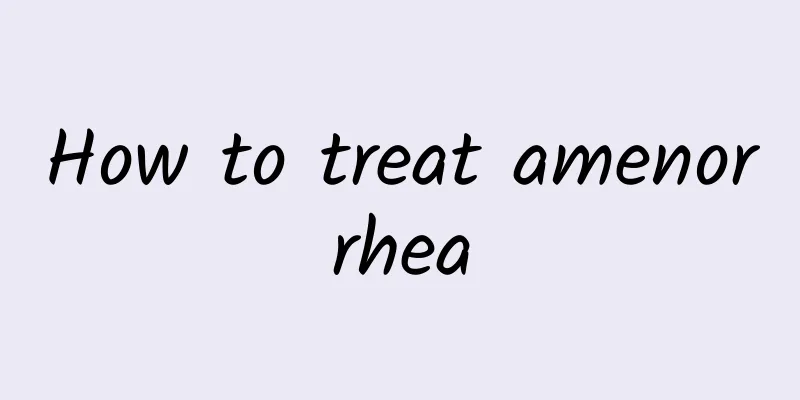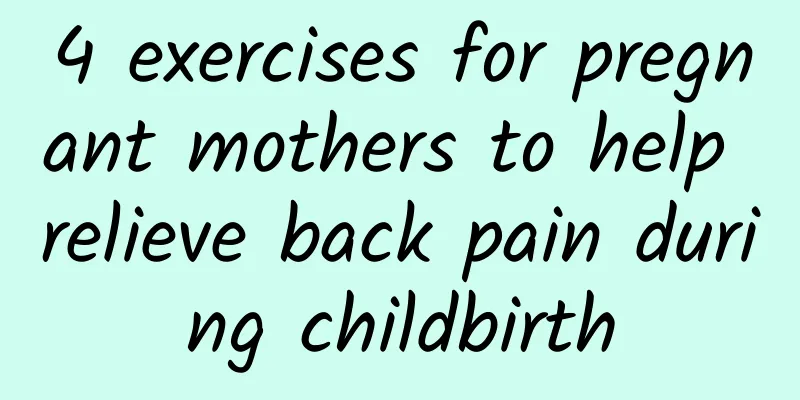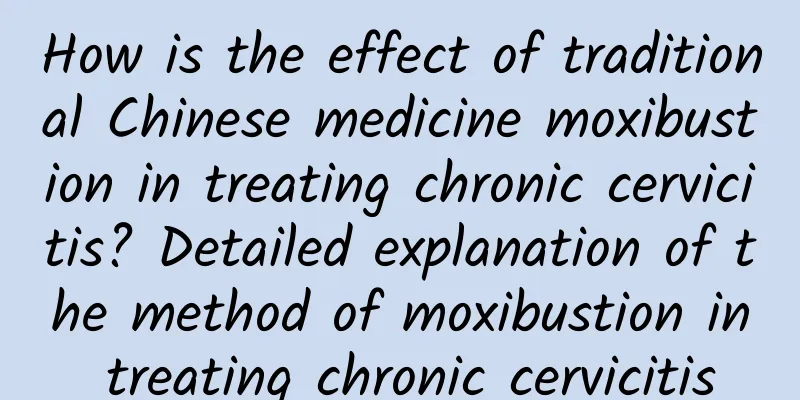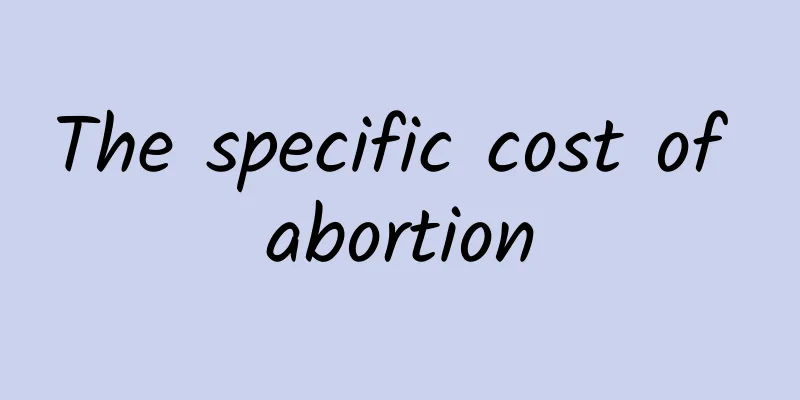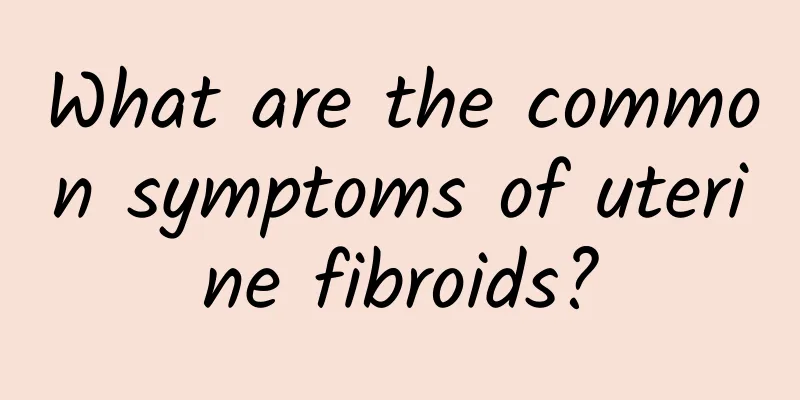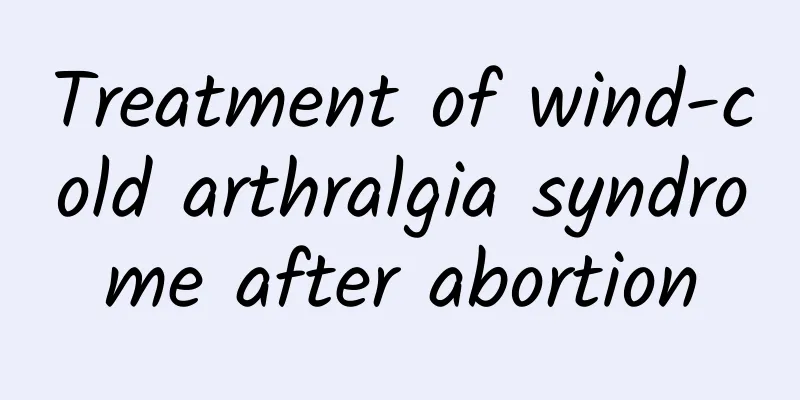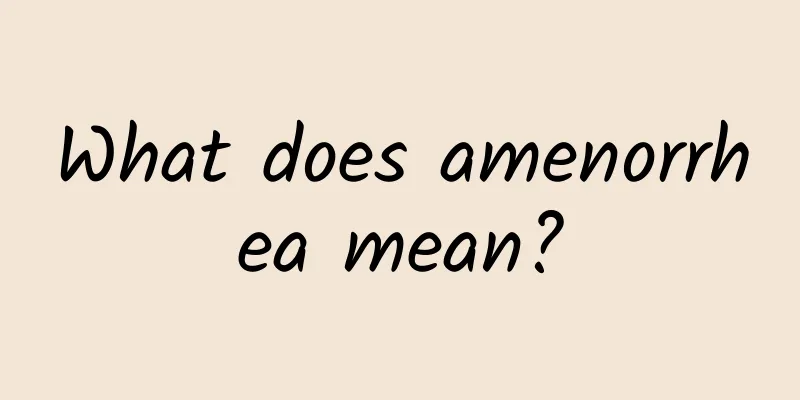How to treat uterine fibroids? What are the specific treatment methods for uterine fibroids?
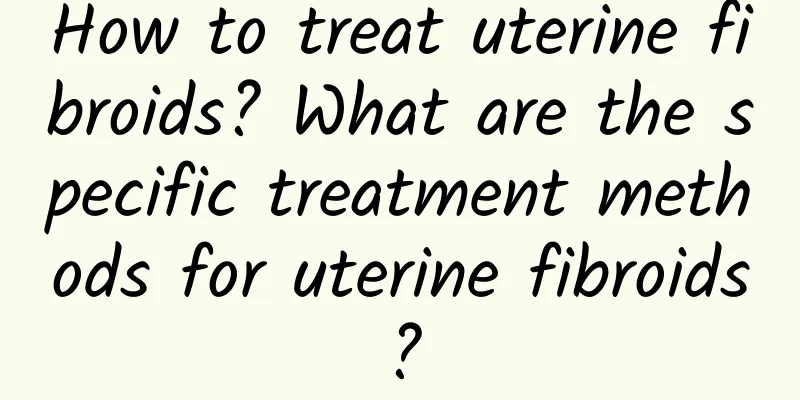
|
Faced with the threat of uterine fibroids, many people express helplessness. After the disease, there will be many adverse consequences that can affect physical and mental health. We need to pay attention to the onset of the disease to avoid affecting their fertility and bringing more impacts. We also usually need to pay attention to recovery. So, what are the common treatments for uterine fibroids? 1. Radiotherapy: For fibroids, there are also previous stages or mature stages, and different stages have different treatment methods. For smaller fibroids, drug treatment and surgery are contraindicated. Radiotherapy often causes side effects such as menopause and secondary inflammation, contraindications and more, but is not often used as a treatment method. This is one of the treatment methods for uterine fibroids. 2. Drug treatment: Drug therapy is also a better method, but drug therapy is not suitable for many people, such as pregnant women. Drug therapy is also relatively slow. For pregnant patients with heavy menstrual blood volume and uterine enlargement of about 8 weeks, androgen therapy can be used after diagnostic curettage of endometrial cancer. What are the common treatments for uterine fibroids? Androgens counteract estrogen, promote endometrial atrophy, contract the uterine myometrium and vascular smooth muscle, and reduce bleeding. Commonly used are methyltestosterone and testosterone propionate, but the dosage and method should be under the guidance of a doctor to avoid improper medication, leading to endocrine disorders, virilization, etc. 3. Hysterectomy: Surgery is also a good way to treat uterine fibroids, but it is not suitable for young women because young women have no experience of pregnancy and it is unrealistic to remove the uterus. For older patients with uterine fibroids who have obvious symptoms and no desire to continue to have children, total hysterectomy, subtotal hysterectomy and vaginal hysterectomy should be performed. Around the age of 50, one normal ovary can be retained to maintain its endocrine function. Usually we need to pay attention to the treatment of the disease. In daily life, patients can undergo radiotherapy, chemotherapy, and comprehensive self-care to avoid more impacts. In addition, we should also pay attention to changes in ovarian function, comprehensively adjust the body, avoid uterine damage, and women must pay attention to more rest and pay attention to self-care. |
<<: How to treat uterine fibroids? Can the uterus be preserved during uterine fibroid treatment?
>>: How to treat subserosal uterine fibroids?
Recommend
How much does it cost to treat congenital absence of vagina?
How much does it cost to treat congenital absence...
What should I do if I am not prepared and don’t want this child at all?
After an unexpected pregnancy, many people may no...
Why do I have back pain during menstruation?
Menstrual back pain is an uncomfortable condition...
Don’t slaughter sheep for metabolic syndrome? Fatal risks creep in
The National Health Administration announced the ...
Why is menstrual blood black?
Why is menstrual blood black? If menstrual blood ...
What is pregnancy complicated with uterine fibroids? How to deal with pregnancy complicated with uterine fibroids
How should pregnancy complicated with uterine fib...
What foods can women eat to delay menopause? Eating them regularly can effectively prevent aging and promote youth
What foods can women eat to delay menopause? Norm...
What kind of people are prone to ectopic pregnancy?
I believe that many women are eager to get pregna...
What foods can't be eaten by people with uterine fibroids?
What kind of food can't be eaten by people wi...
7 days to lose fat quickly, British voluptuous actress becomes sexy
Is it the camera angle? Or liposuction? In less t...
Is it good to drink a lot of water after intense exercise? Three principles for healthy drinking water
In the hot summer, drinking water in moderation i...
Timely detection of pelvic inflammatory disease symptoms can effectively control the disease
Nowadays, most women are prone to pelvic inflamma...
How is endometriosis diagnosed?
For women, some gynecological diseases are the mo...
Causes of Dysfunctional Uterine Bleeding During Menopause
Dysfunctional uterine bleeding, referred to as &q...
Can bilateral polycystic ovaries be cured?
Bilateral polycystic ovary is a common endocrine ...
